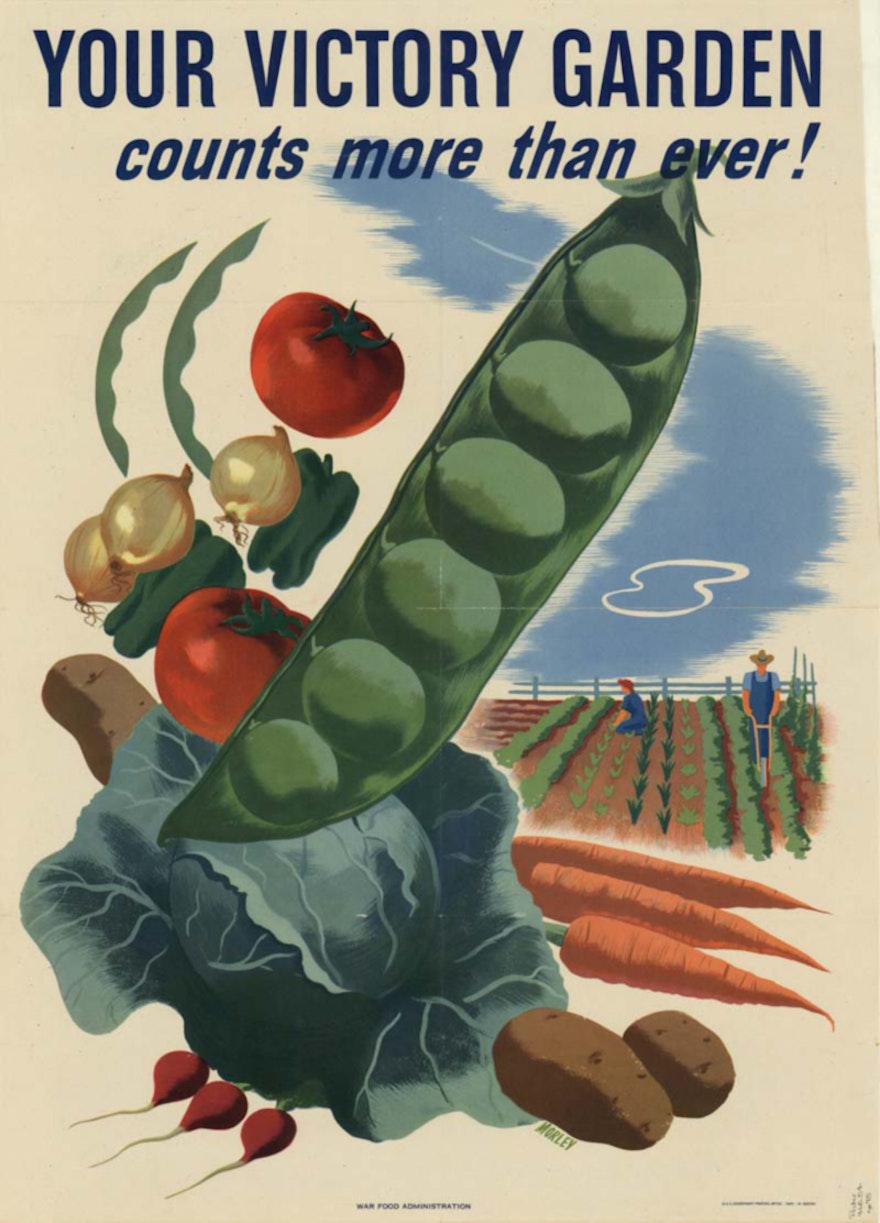Victory gardens were an essential part of America's food security during World War I and World War II. These gardens were implemented to fight against food shortages and to encourage self-sufficiency by growing fruits and vegetables in backyards, empty lots, and public lands. Victory gardens were one of the most important movements in history that helped countries like the United States and Canada to overcome food shortages during the wars.
During World War I, the United States government urged Americans to grow their own food, and the concept of victory gardens was born. This came after a food crisis when the country's food supply was threatened by droughts and submarine warfare. The gardens were seen as a way to supplement the national food supply, reduce pressure on the food distribution system, and free up resources for the war effort.
The victory garden movement continued into the World War II era when it became even more popular. The food supply was once again threatened when much of the country's agricultural resources were directed towards the war effort. The government launched a campaign known as the "Dig for Victory" which urged Americans to plant their own gardens to support the war effort. These gardens helped to significantly reduce pressure on the food supply chain and provide fresh produce for individuals and families.
Victory gardens were not only essential for fighting food shortages, but they also had a significant impact on American society. They urged people to become more self-sufficient and to take responsibility for their own food production. They also became a way to boost morale and pride in one's country during wartime. People who planted these gardens felt that they were doing their part for their country and contributing to a greater cause.
Victory gardens also had environmental benefits. They encouraged people to grow their own produce without the use of harmful chemicals, which reduced the pollution and environmental damage that agricultural practices can cause. Furthermore, they also helped to promote biodiversity in areas that would otherwise be unused or neglected.
Victory gardens played a key role in promoting food security in America and were an important part of the country's history. Today, they continue to inspire people to grow their own vegetables and fruit, even in urban environments. They are a reminder of the value of self-sufficiency, community involvement, and the importance of being mindful of our environmental impact. By planting these gardens, we can continue the legacy of wartime victory gardens and create a healthier, more sustainable future for ourselves and future generations.
In conclusion, victory gardens were a crucial component of American society during the wartime. They not only helped to fight against food shortages but also encouraged self-sufficiency, community involvement, biodiversity, and environmental health. The legacy of victory gardens inspires people to create more sustainable communities and support local food systems. Victory gardens remain a symbol of hope and pride in the face of adversity, reminding us of the importance of taking care of ourselves, each other, and the planet.
![[object Object]](/lib_spHIafSFjsByroeG/07huta025gqqnbw0.png?w=210)
